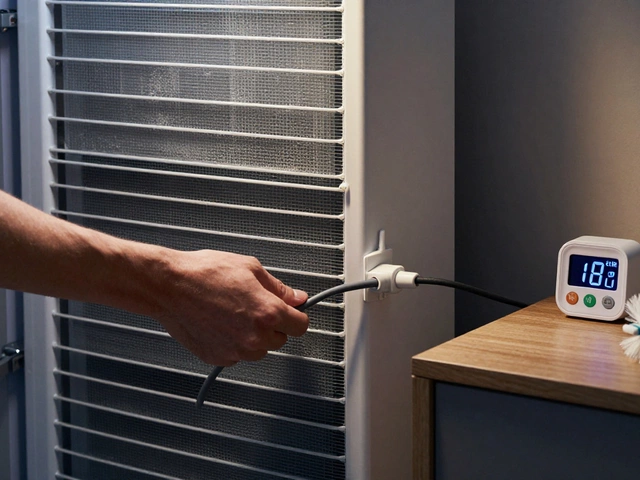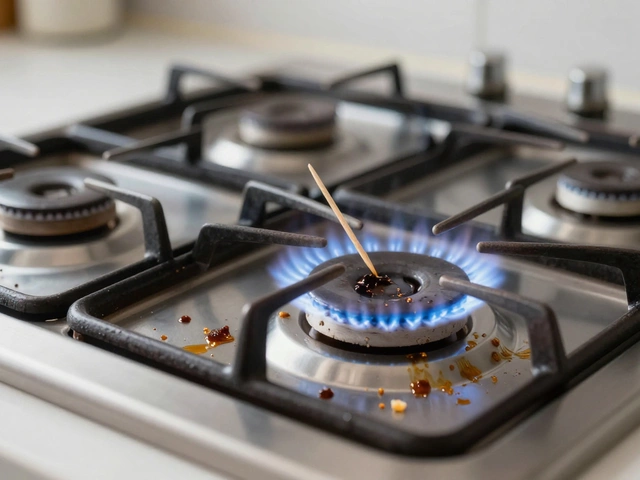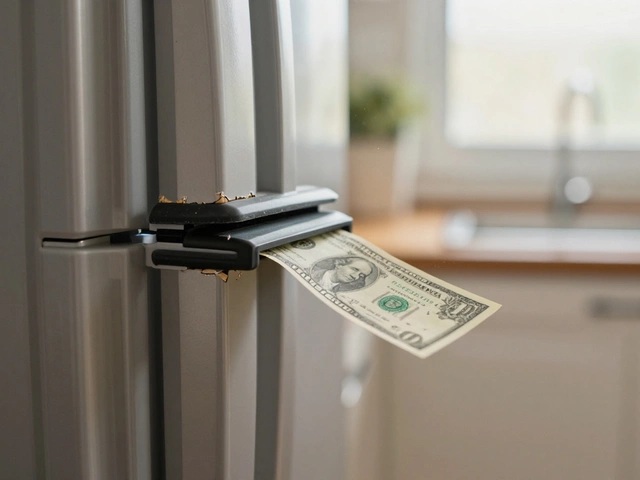Bathroom Fan Tips: Keep Your Bathroom Fresh & Quiet
Did you notice a humming fan, a weird smell, or water spots on the ceiling? A bathroom fan does more than just push air out – it stops mould, cuts humidity, and keeps the room comfortable. When it stops working, you feel the difference right away. Below are the most useful tips to install, maintain, and fix a bathroom fan without calling a pro.
How to Install a Bathroom Fan Yourself
First, pick the right size. A fan that moves 1 CFM (cubic feet per minute) for each square foot of bathroom area is a good rule. Measure your ceiling, then match the rating on the box. Next, turn off the electricity at the fuse box – safety first. Remove the old fan by unscrewing it and disconnecting the wiring. Most fans use a simple 3‑wire connection: live (brown), neutral (blue), and earth (green/yellow).
Attach the new fan housing to the ceiling joist with the supplied screws. Make sure it’s level; an uneven fan rattles. Pull the wires through the hole, connect them to the matching terminals, and tighten the wire nuts. Slip the fan’s grille onto the housing, secure it, and restore power. Turn the switch on – you should hear a steady, low hum. If not, double‑check the wiring and tighten the screws.
Quick Fixes When Your Fan Stops Working
Most fan failures are easy to spot. Start with the switch – a flickering light or a dead fan often means a faulty thermostat or a tripped breaker. Reset the breaker before you go deeper. If the fan still won’t run, unplug it and look at the motor. Dust buildup blocks the blades and can overheat the motor. A quick vacuum or a soft brush removes the grime.
Another common issue is a loose wire inside the housing. Open the grille (usually a few clips) and gently tug each wire. A loose connection will feel wobbly; re‑tighten it with a small screwdriver. If the motor hums but the blades don’t spin, it’s likely a capacitor problem – replace it with the same voltage rating. When in doubt, swapping the fan with a known good one can tell you if the motor itself is busted.
Regular maintenance prevents most problems. Clean the grill every three months with a damp cloth and a mild detergent. Run the fan for a few minutes after a hot shower to clear out moisture. Check for loose screws once a year; a tightened fan stays quieter and lasts longer.
By following these simple steps, you can keep your bathroom fan running smoothly, avoid costly repairs, and enjoy a drier, fresher bathroom every day.
Can I Install an Extractor Fan Myself?
- Alden Wilder
- Mar 14 2025
- 0 Comments
Thinking about installing an extractor fan yourself? This long-read article delves into the process, exploring whether it's a feasible DIY project. Learn about essential tools, the importance of correct installation to avoid mold and moisture, and safety tips to consider during the project. Discover common challenges and how to tackle them. By the end, you'll know if this task is within your grasp or if a professional should handle it.
View More




